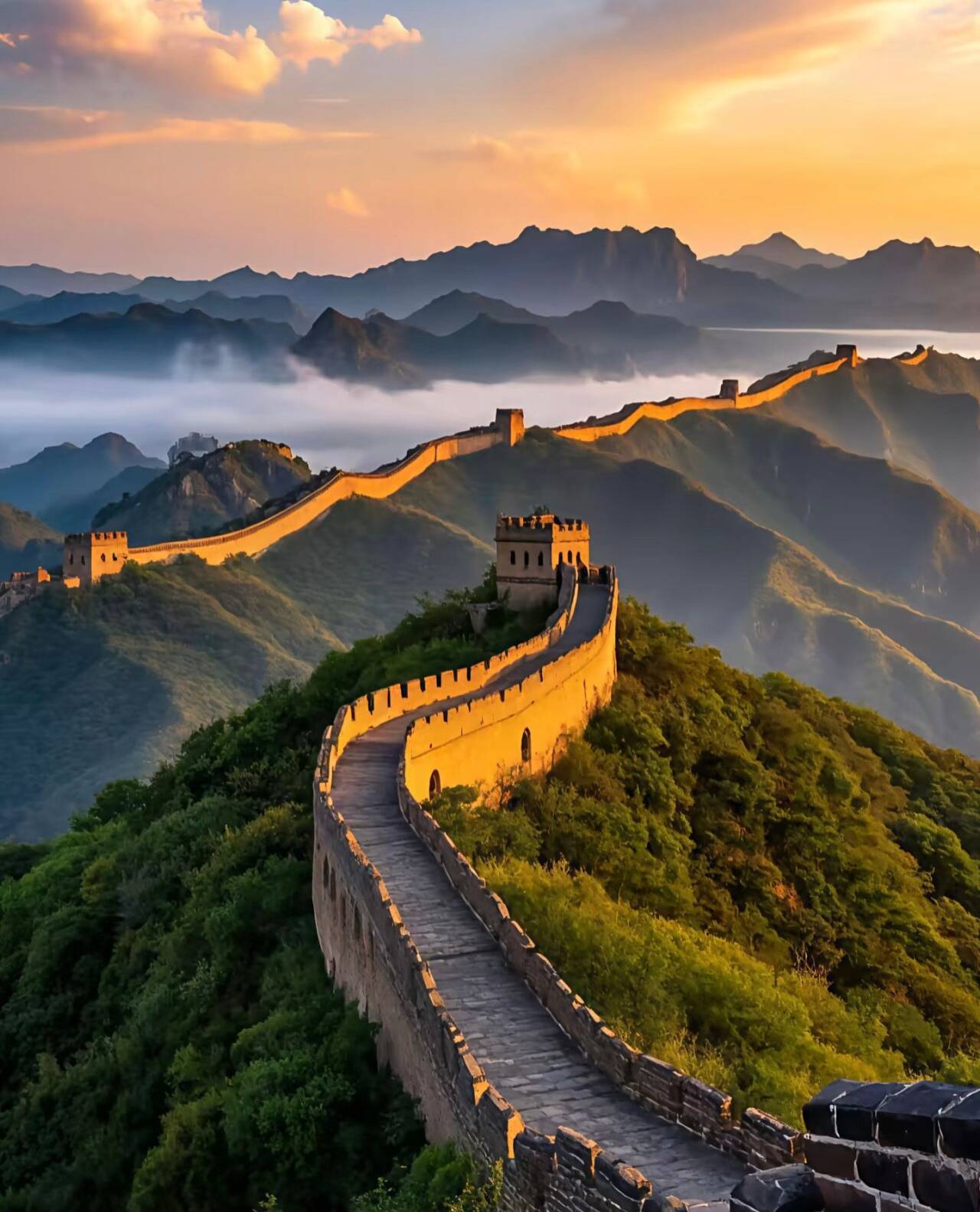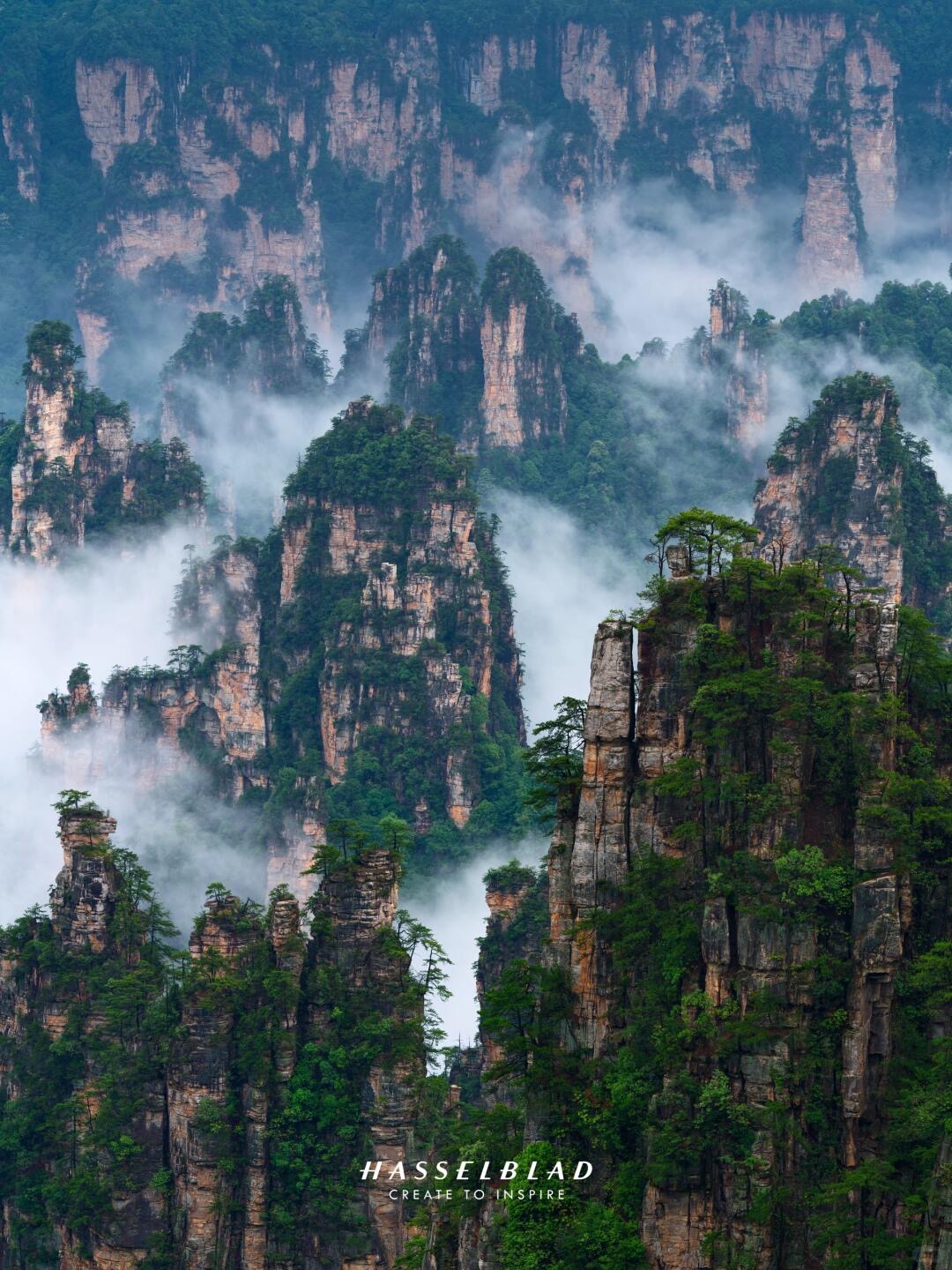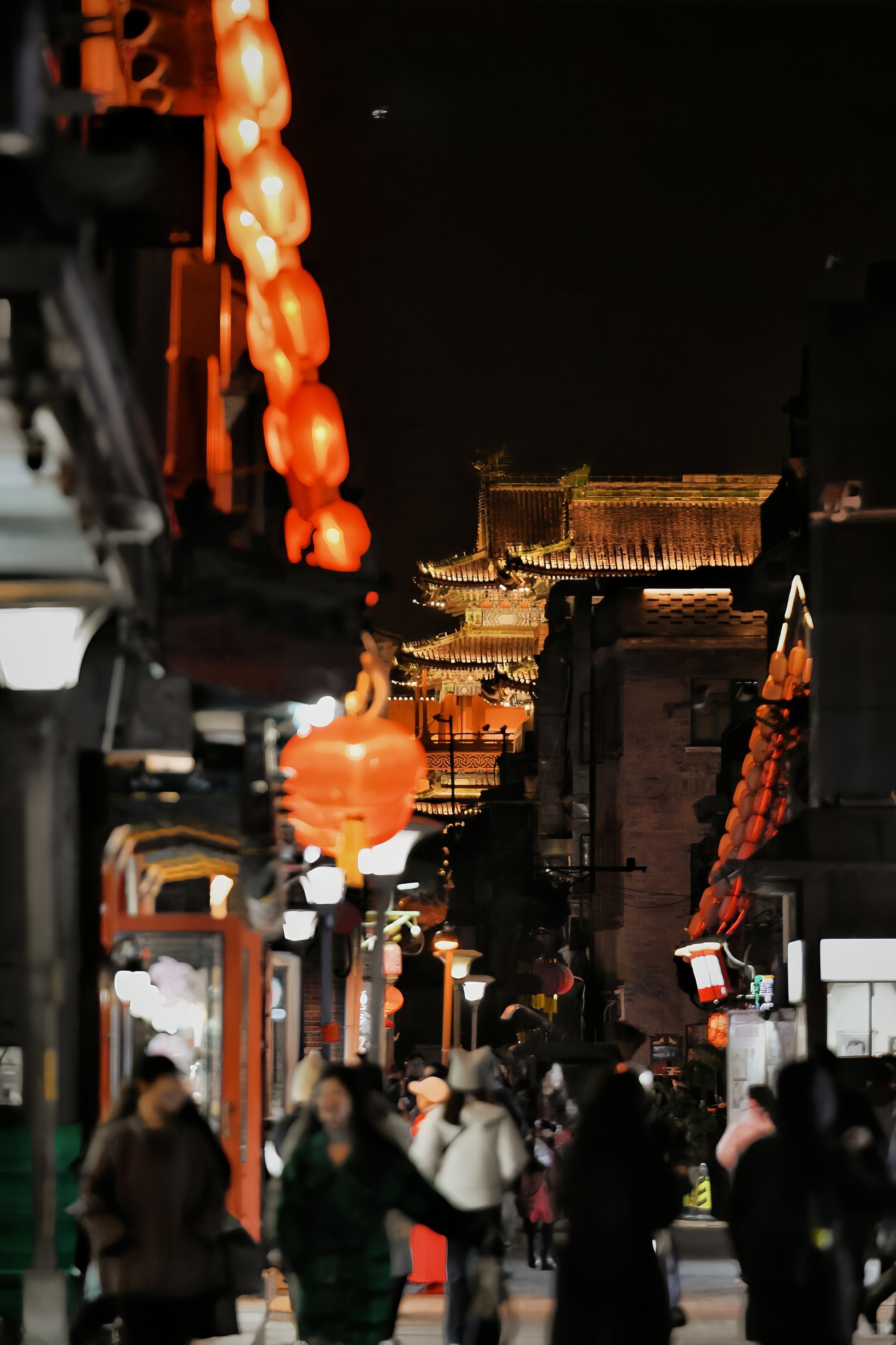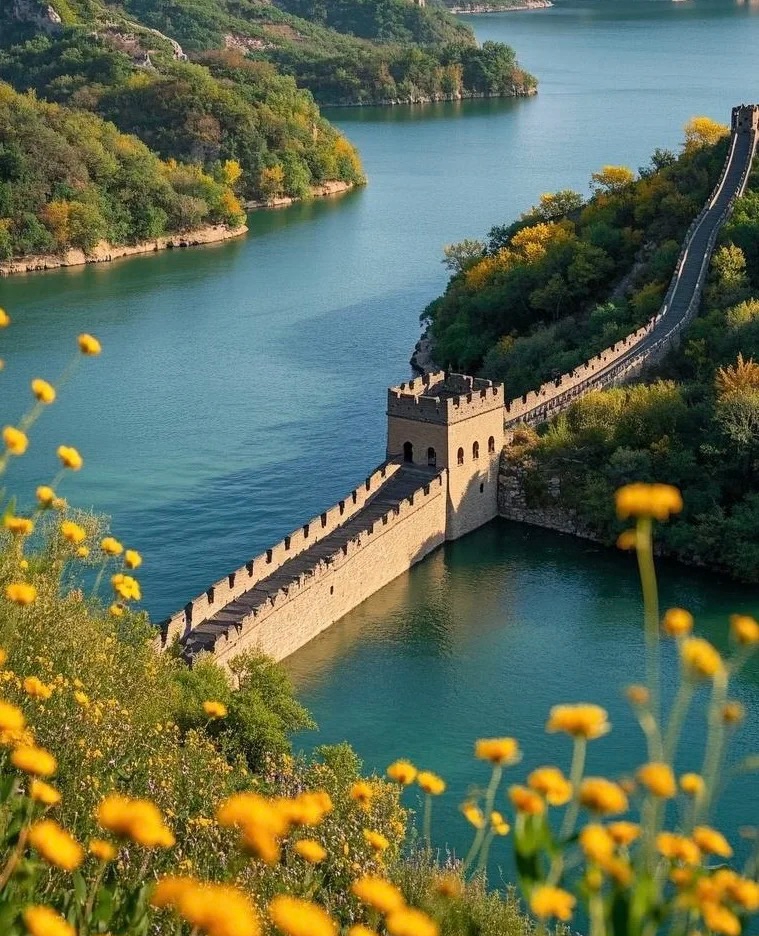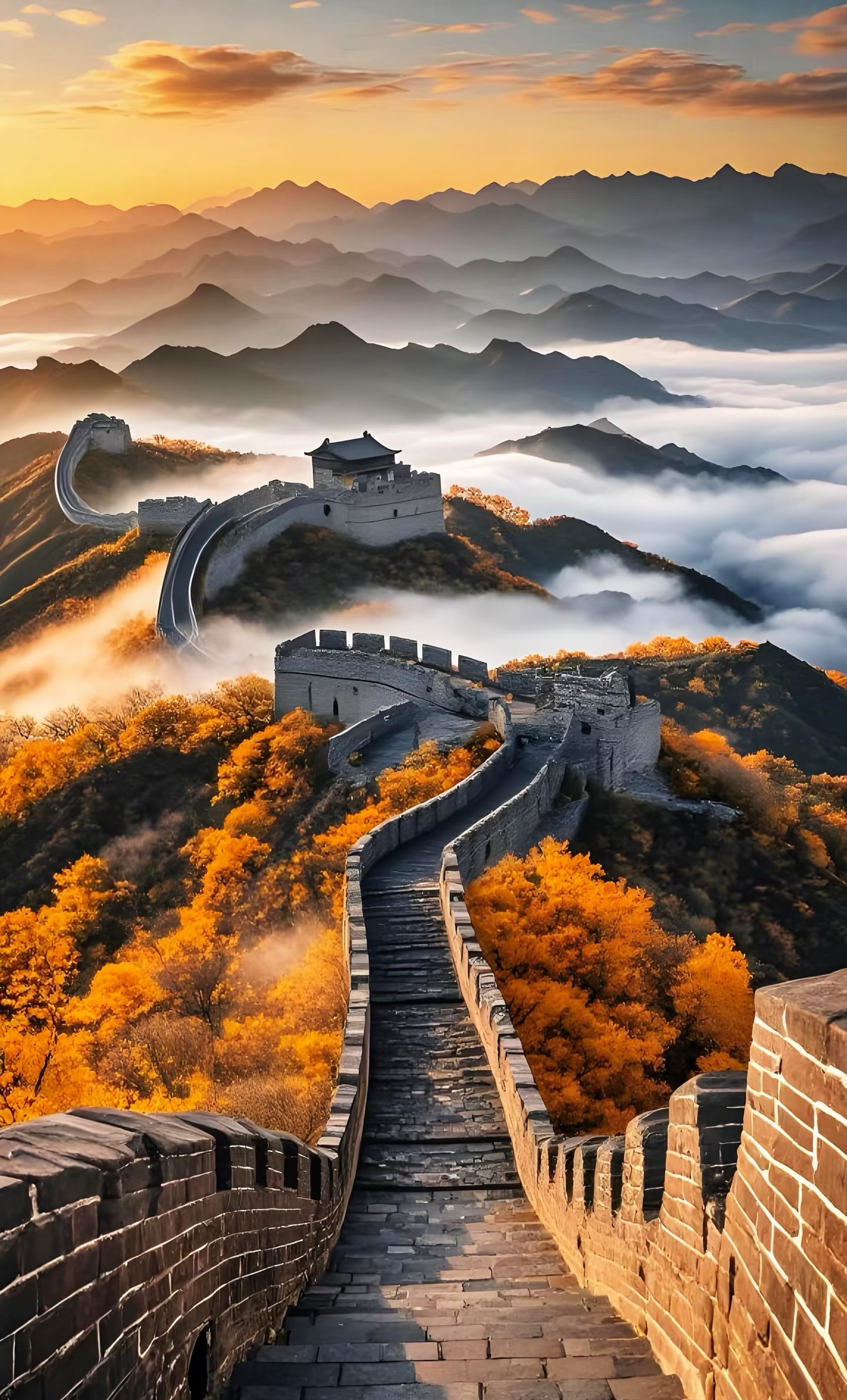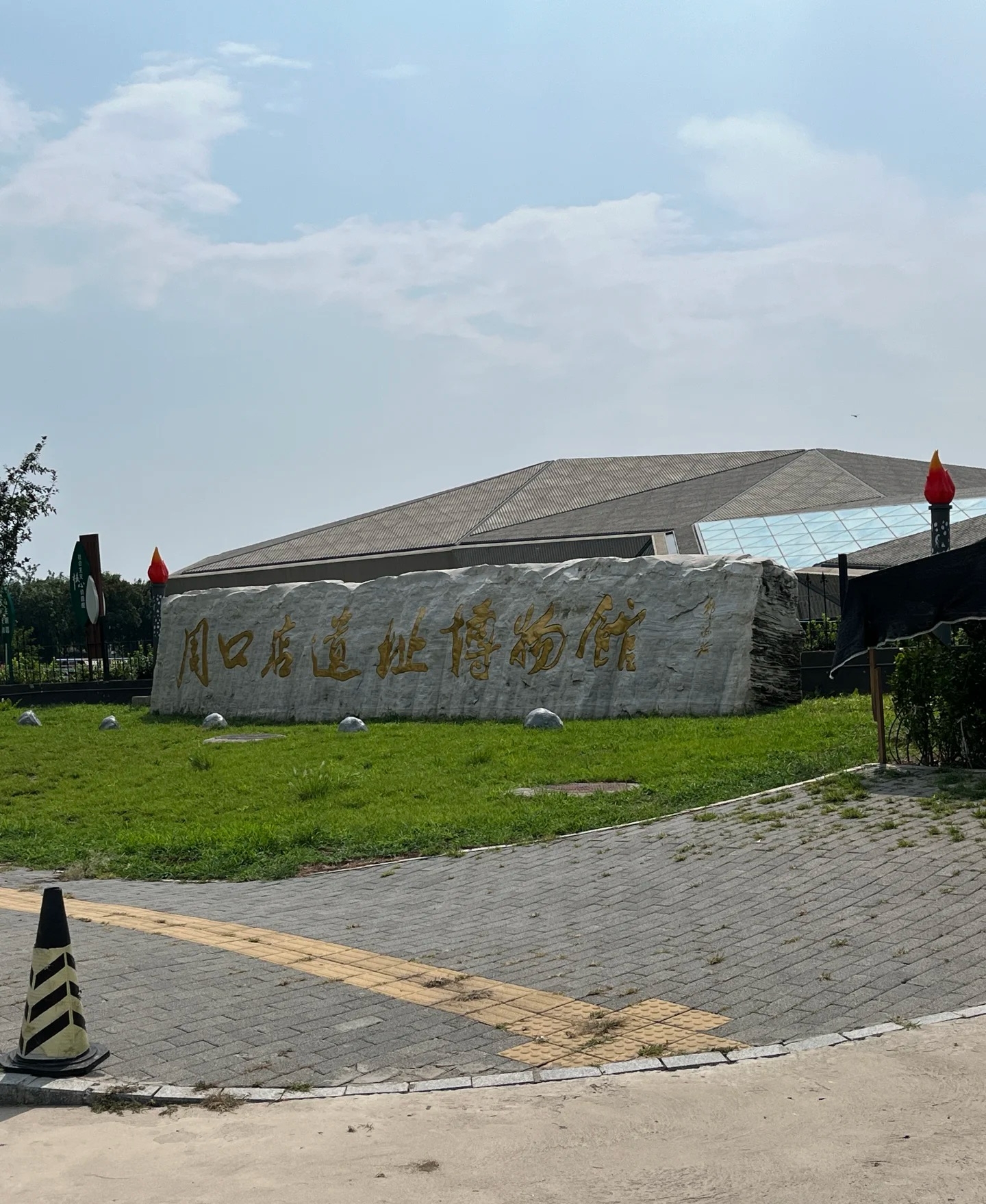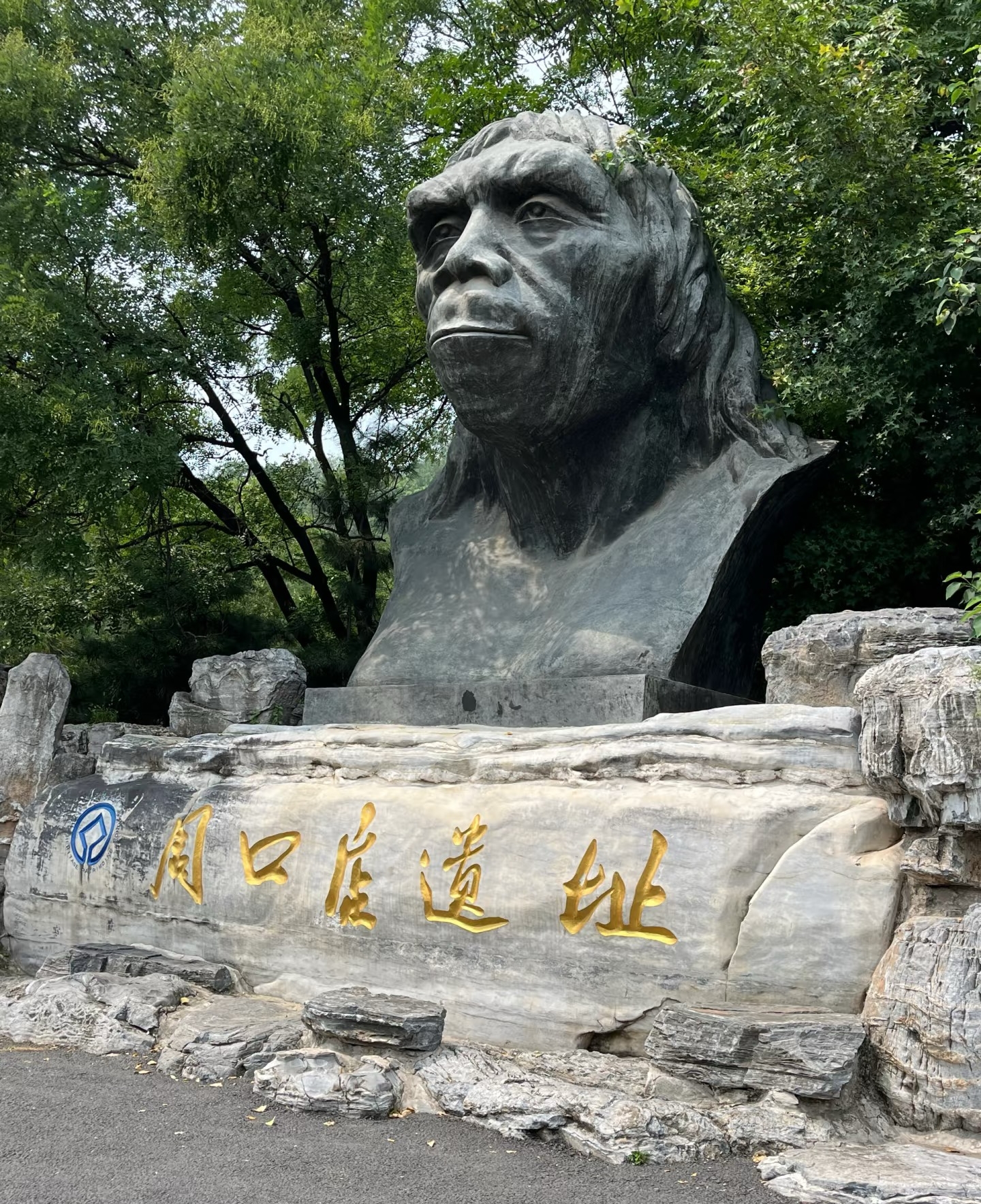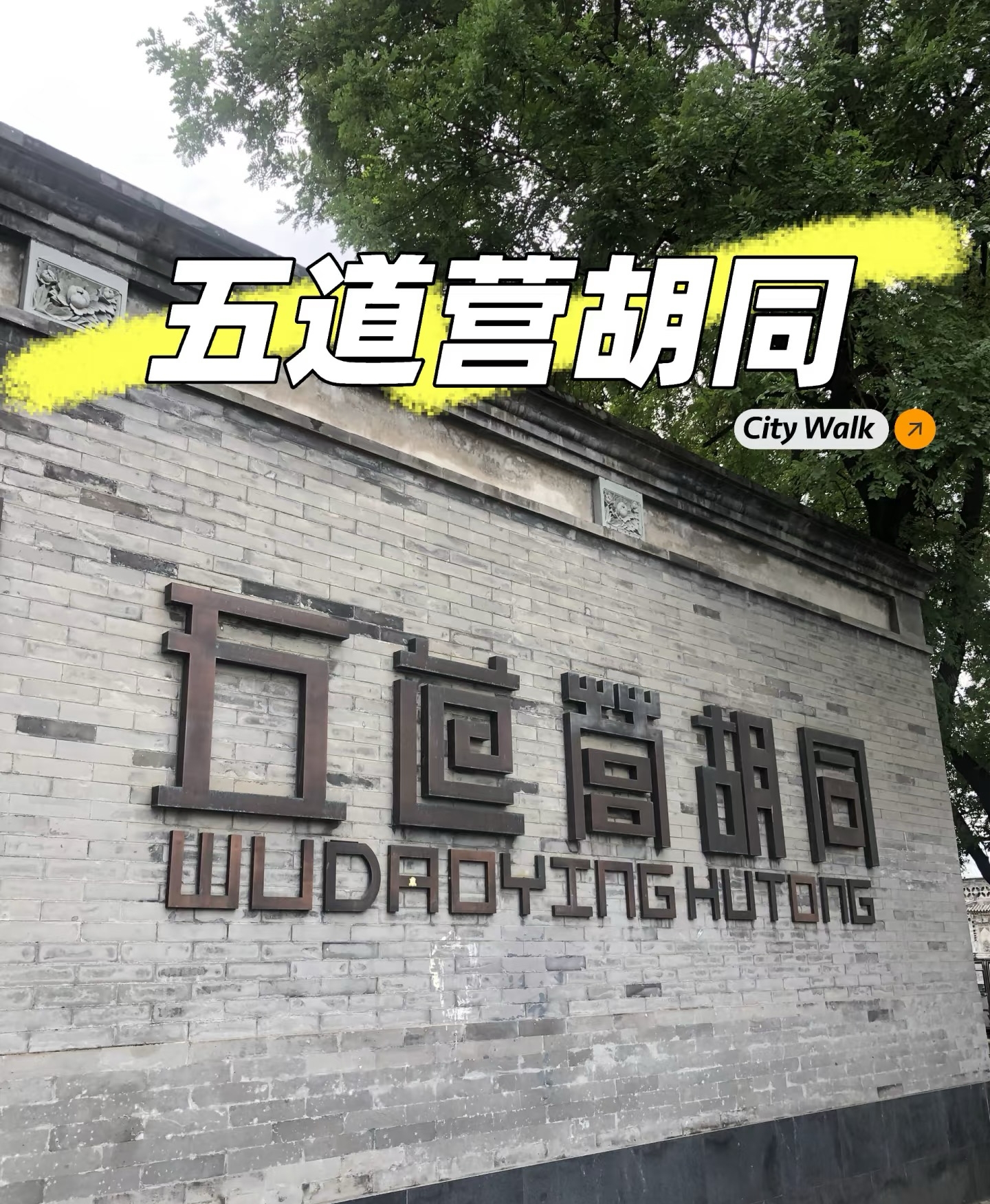

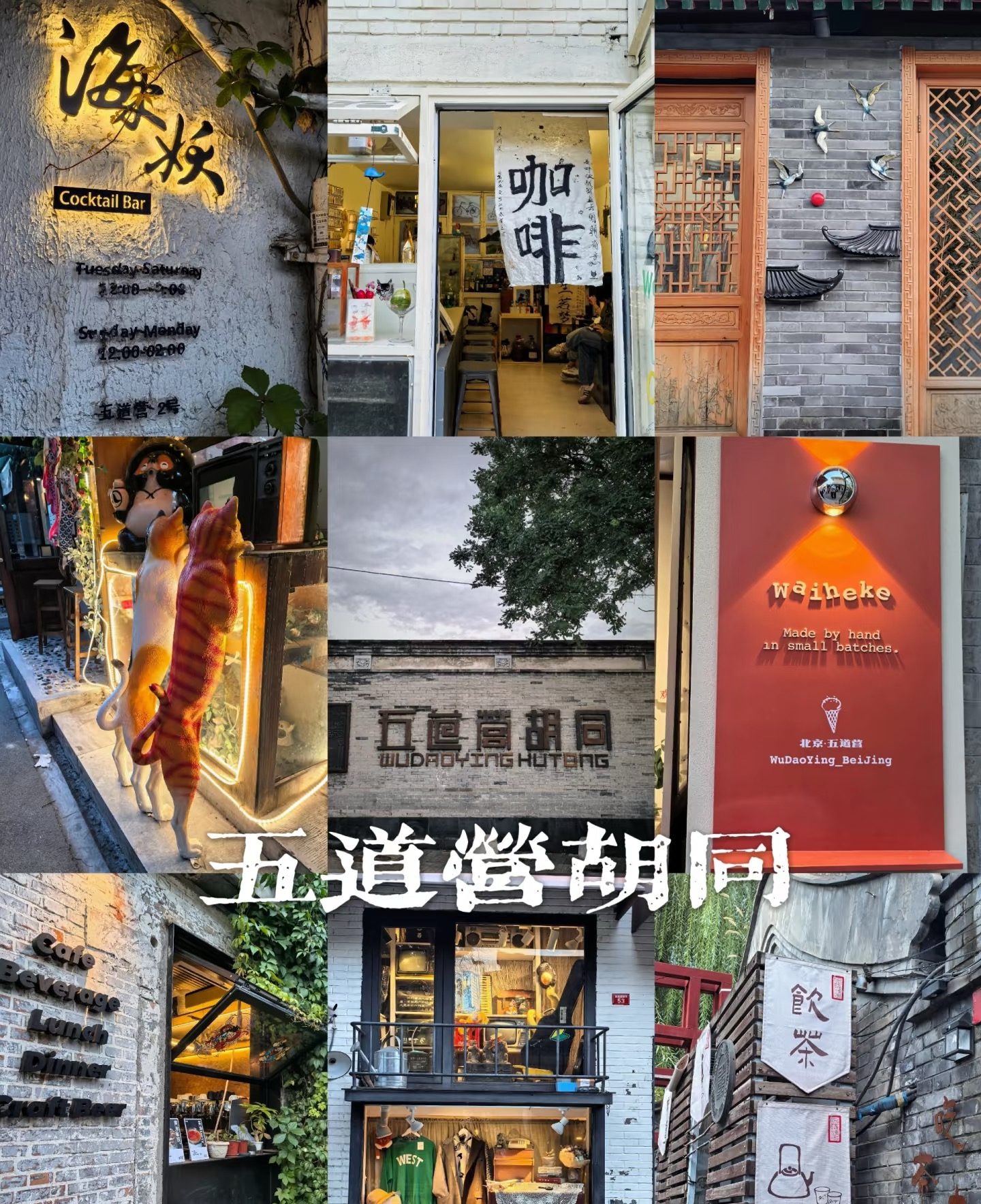
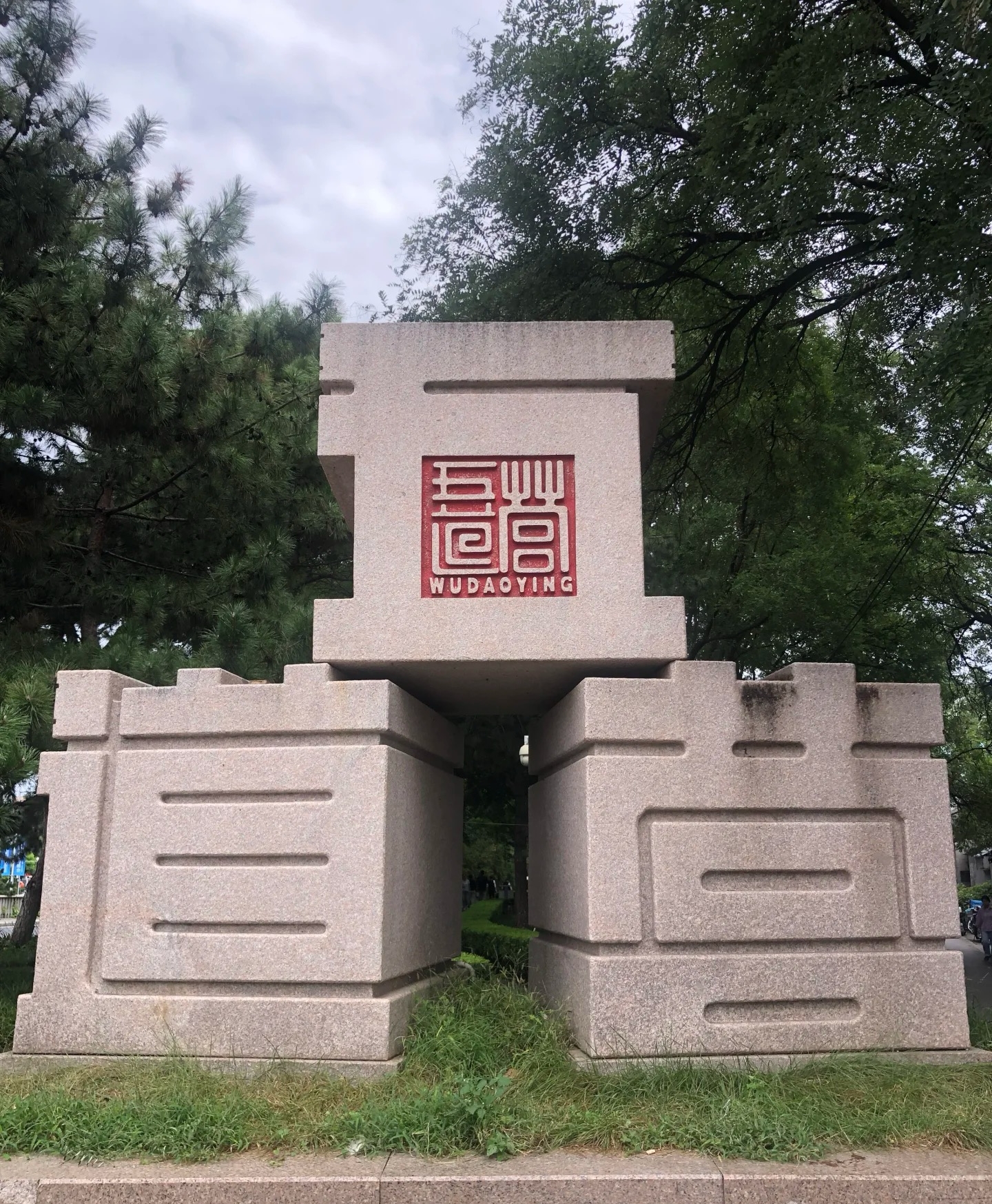
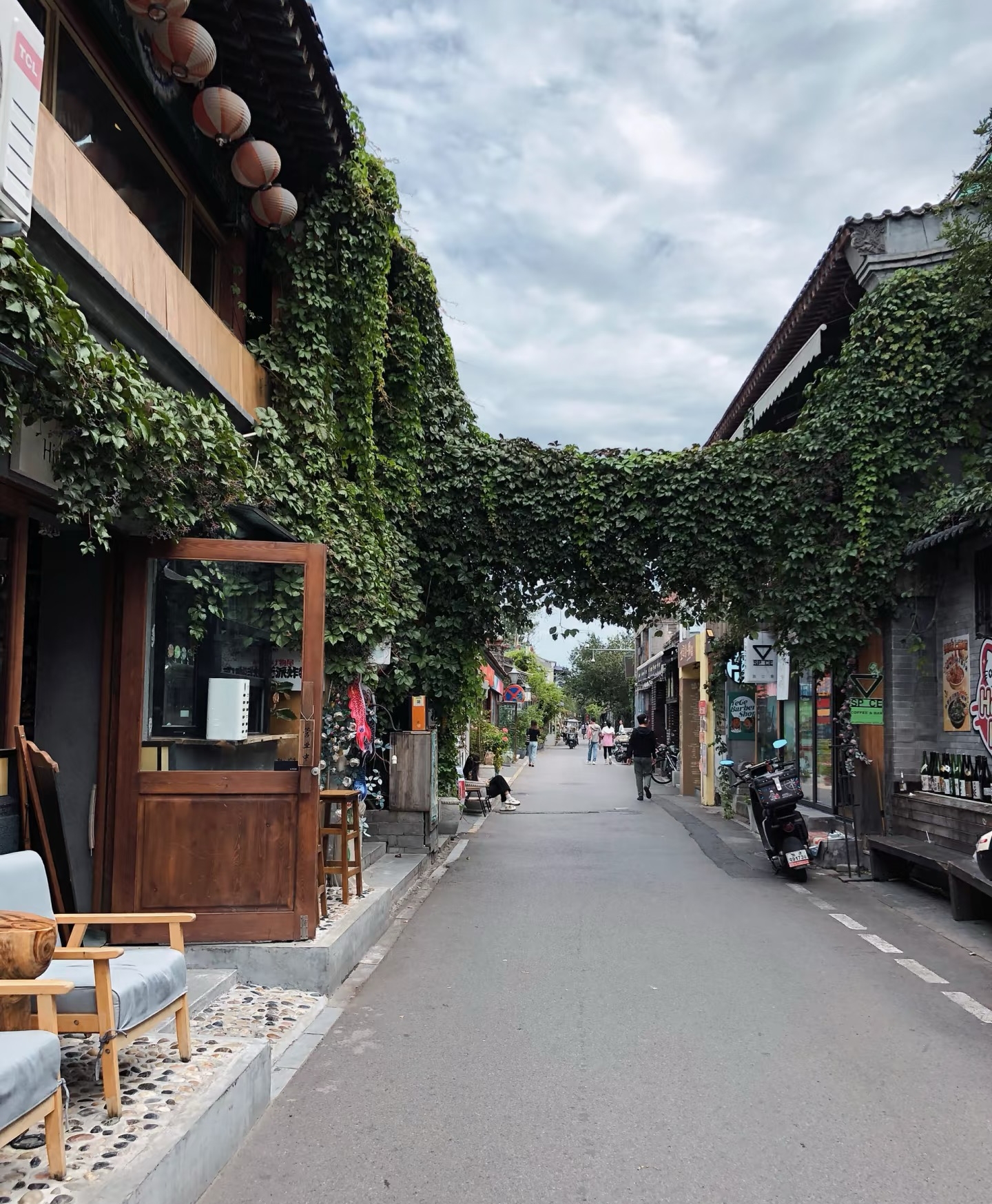
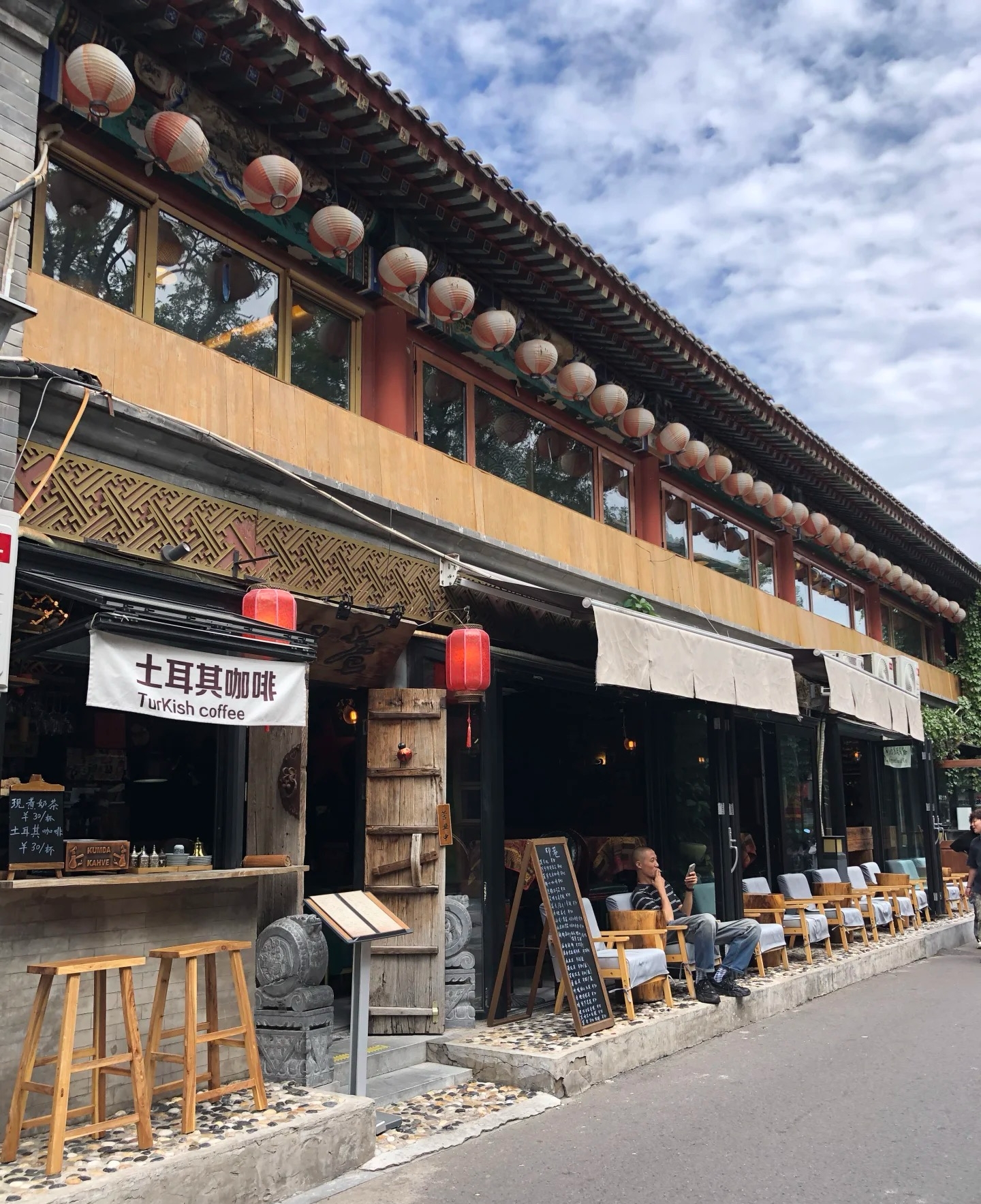
Wudaoying Hutong
Wudaoying Hutong is one of Beijing's most charming and trendy alleyways. Located near the Lama Temple, this historic hutong has been transformed into a hip area filled with boutique shops, cafes, restaurants, and art galleries while maintaining its traditional architecture. It offers a perfect blend of old Beijing charm and modern lifestyle.
Information
Ticket price
Time
Location
Andingmen Inner St, Dongcheng District, Beijing, China
View maps
More about the trip
Wudaoying Hutong: Beijing's Hip and Historic Alleyway
Wudaoying Hutong is one of Beijing's most charming and trendy alleyways. Located near the Lama Temple, this historic hutong has been transformed into a hip area filled with boutique shops, cafes, restaurants, and art galleries while maintaining its traditional architecture. It offers a perfect blend of old Beijing charm and modern lifestyle, making it a popular spot for locals and tourists seeking a relaxed and stylish atmosphere.
What to See and Do
Boutique Shops: Explore a variety of independent boutiques selling unique fashion, handcrafted jewelry, home decor, and quirky souvenirs. Many shops feature local designers and artists.
Cafes and Restaurants: Wudaoying Hutong is a haven for foodies and coffee lovers. You'll find a wide range of cafes, from cozy spots for a quiet coffee to trendy eateries offering international cuisine and local fusion dishes. Many have charming outdoor seating areas.
Art Galleries: Discover small art galleries showcasing contemporary art, photography, and design. The artistic vibe is palpable throughout the hutong.
Traditional Architecture: Admire the well-preserved traditional hutong architecture, with its grey brick walls, wooden doors, and courtyard homes. The blend of old and new creates a unique visual appeal.
Relaxed Atmosphere: Unlike some of Beijing's more bustling commercial areas, Wudaoying Hutong offers a more laid-back and bohemian atmosphere, perfect for a leisurely stroll and people-watching.
Nightlife: In the evenings, the hutong comes alive with illuminated cafes and bars, offering a relaxed setting for drinks and conversation.
Best Time to Visit
Wudaoying Hutong is lively throughout the day. Evenings are particularly charming with illuminated shops and a bustling atmosphere. Spring and autumn offer the most pleasant weather for outdoor exploration. It's an outdoor and indoor complex, suitable for visiting year-round.
How to Get There
Wudaoying Hutong is located in Dongcheng District. Take Metro Line 2 or 5 to Yonghegong Lama Temple Station (雍和宫站), Exit C. The hutong is a short walk from the station.
Travel Tips
Wear comfortable shoes: You'll be doing a lot of walking on cobblestone streets.
Explore side alleys: Many interesting shops and cafes are tucked away in the smaller lanes off the main hutong.
Combine with Lama Temple: Wudaoying Hutong is very close to the Lama Temple, making it easy to visit both attractions together.
Photography: The unique blend of old and new, along with the charming streetscapes, offers excellent photo opportunities.


